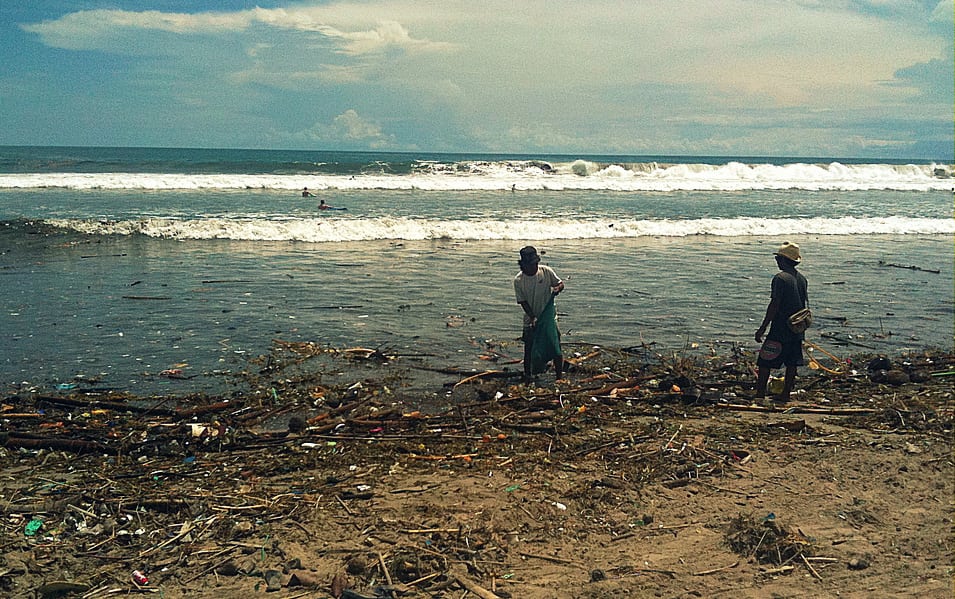British academic Dr Stroma Cole says 260 of Bali’s 400 rivers have run dry and Bali’s biggest natural reserve of water, Lake Buyan, is in deep trouble from shrinkage, sediment and the inflow of agricultural chemicals.
Water that once flowed from springs and into and out of rice paddies to feed the subak system is being sold to the drinking water companies for purification and sale in plastic bottles, or diverted to keep tourist activities such as rafting afloat.
Tourism to Bali keeps growing at about 10 to 12 per cent per year, and not just from Australia. Internal visits from Indonesians are growing fast, as are arrivals from China and other Asian countries. The island is tipped to attract 3.1 million tourists this year.
The permanent population is also growing as immigrants from poorer parts of Indonesia flock to the island to take part in the tourism gold rush. But across the spectrum, people are saying that growth driven purely by demand is no longer sustainable.
Subscribe to Skift Pro to get unlimited access to stories like these
{{monthly_count}} of {{monthly_limit}} Free Stories Read
Subscribe NowAlready a member? Sign in here
Subscribe to Skift Pro to get unlimited access to stories like these
Your story count resets on {{monthly_reset}}
Already a member? Sign in here
Subscribe to Skift Pro to get unlimited access to stories like these
Already a member? Sign in here
